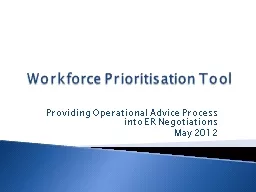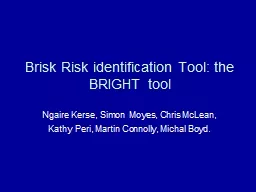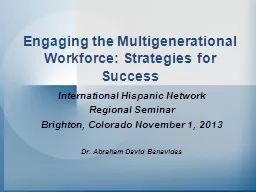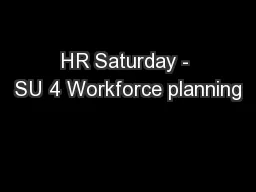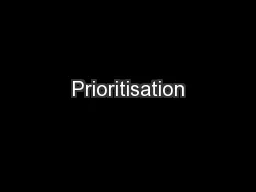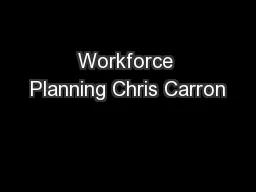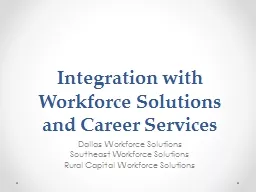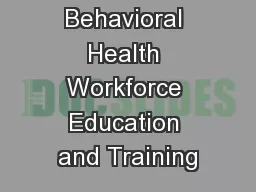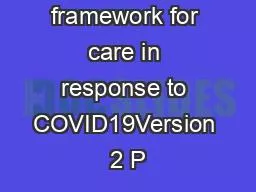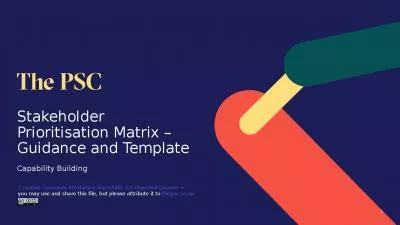PPT-Workforce Prioritisation Tool
Author : pasty-toler | Published Date : 2016-06-12
Providing Operational Advice Process into ER Negotiations May 2012 Commenced 2009 Informing BSG development Lack of current tools available to DHBs to critically
Presentation Embed Code
Download Presentation
Download Presentation The PPT/PDF document "Workforce Prioritisation Tool" is the property of its rightful owner. Permission is granted to download and print the materials on this website for personal, non-commercial use only, and to display it on your personal computer provided you do not modify the materials and that you retain all copyright notices contained in the materials. By downloading content from our website, you accept the terms of this agreement.
Workforce Prioritisation Tool: Transcript
Download Rules Of Document
"Workforce Prioritisation Tool"The content belongs to its owner. You may download and print it for personal use, without modification, and keep all copyright notices. By downloading, you agree to these terms.
Related Documents

